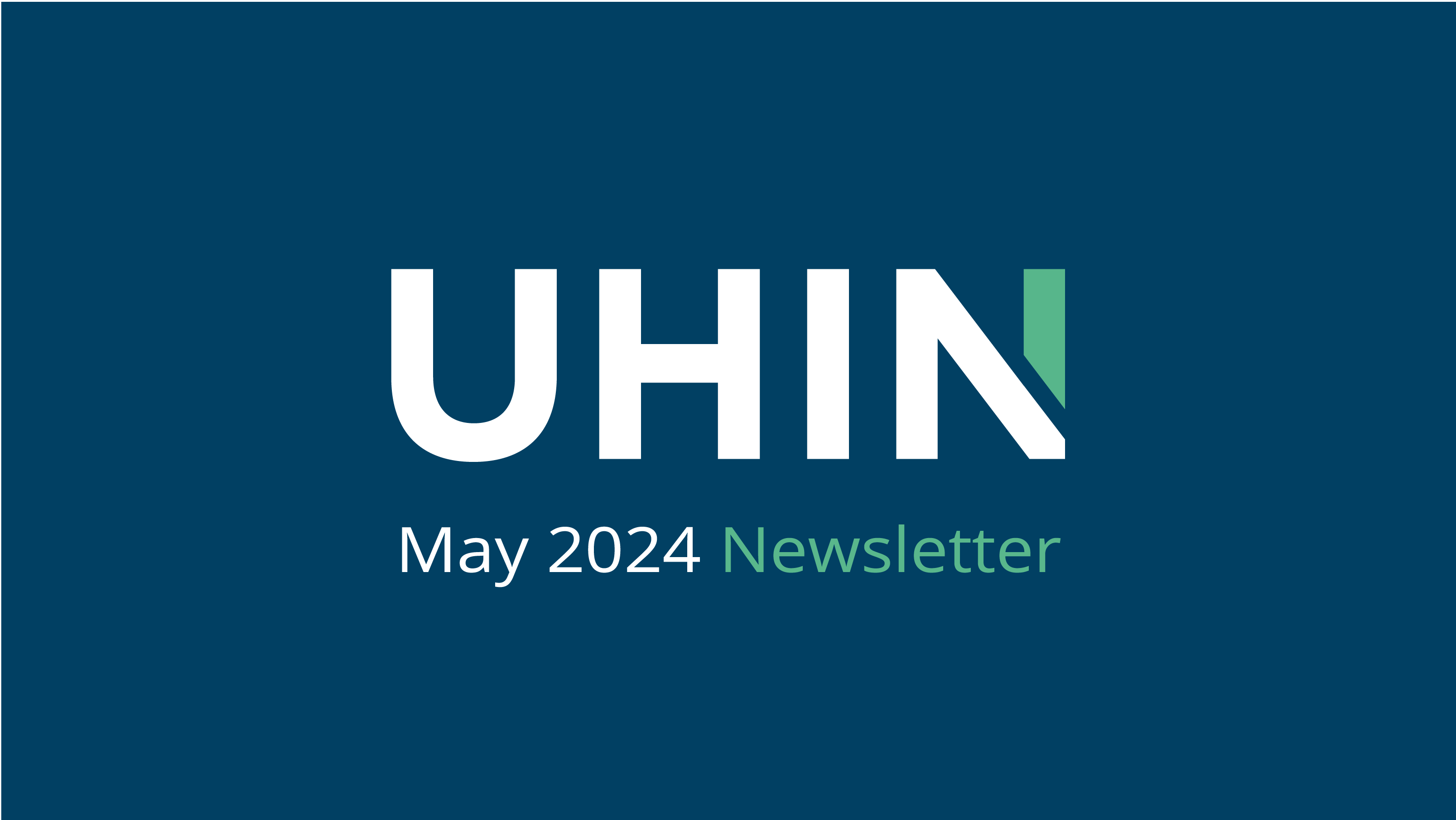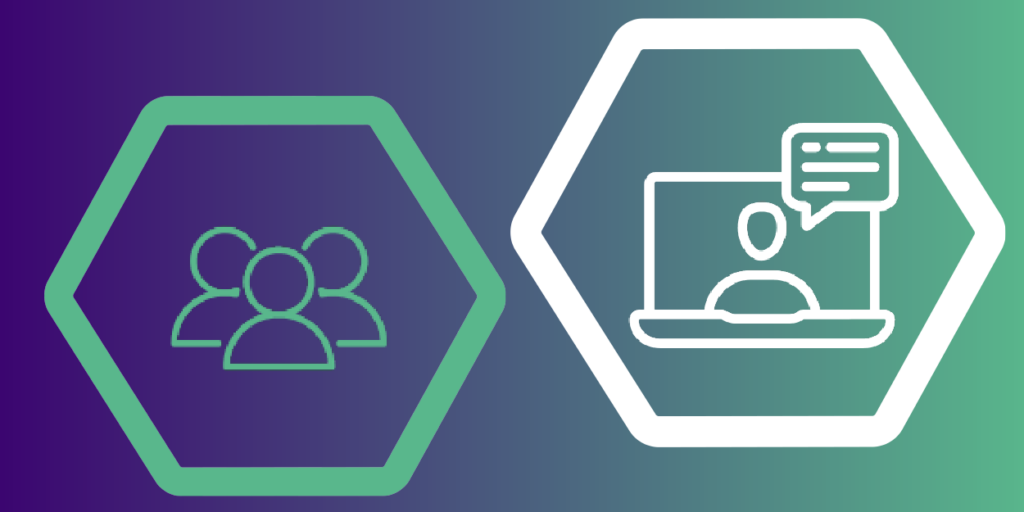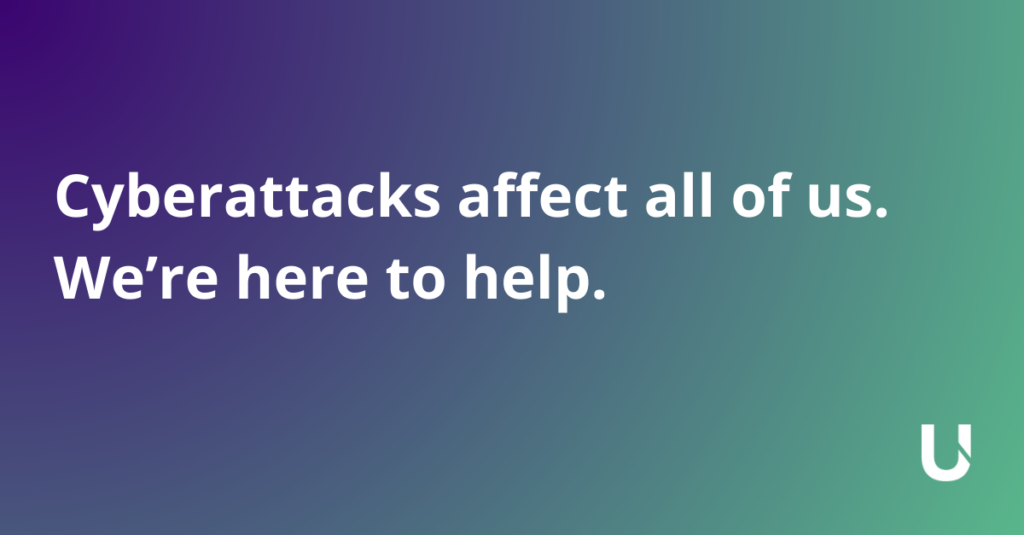
Leaders in healthcare electronic data interchange (EDI) must pursue peak performance in claim management and data excellence, akin to athletes pushing to win at the highest levels. Just as divers, gymnasts, cyclists, hurdlers, basketball teams, and sprinters train relentlessly to execute with precision, EDI leaders must remain focused, while taking meaningful actions to improve their operations every day.
The Pursuit of Perfect Precision
Divers focus on every detail to dive with precision from platforms up to 33 feet above the water and break the water with a splash-less entrance. For divers, hitting the surface with flat palms for a “rip entry” leads to a medal-worthy, tiny splash. Achieving excellence in claim management stems from meticulous attention to claim accuracy and closing the proximity of error. This pursuit involves reducing manual claim processes, refining validations, and improving auto-adjudication rates that will reduce costs and alleviate staff bandwidth. This makes the difference between winning gold and watching from the bleachers.
Automation of claims transactions could reduce the cost per transaction by up to 50% for health plans.
CAQH Index Report | 2023
Adaptation and Innovation
In the high stakes world of gymnastics, adaptation and innovation are key to staying ahead of the competition. Similarly, the healthcare industry is constantly evolving, and staying competitive requires embracing innovation and adaptation. From adopting cloud-based EDI solutions to integrating Fast Healthcare Interoperability Resources (FHIR), EDI managers must be at the forefront of technological advancements. These innovations are revolutionizing claim management in ways that will enable enhanced data accuracy and improve compliance with ever-changing regulations.
Harnessing the Power of Data
Data is the lifeblood of both cyclists and claim managers. For world-class cyclists, data-driven insights and performance metrics are crucial for fine-tuning their training regimens. Power output, revolutions per minute, heart rate, watt-to-weight ratio, and other data help cyclists cross the finish line first. In the realm of healthcare, harnessing the power of data can transform claim management. Health plans can leverage claim data in many valuable ways, like identifying high-utilizers who drive up costs and loss ratios, detecting fraud, optimizing payouts, and more. This proactive approach – rooted in data analysis – can lead to reduced costs, precise payouts, improved security, and enhanced efficiency across the business.
Overcoming Hurdles
To win gold, world-class hurdlers prepare rigorously to clear physical hurdles without losing momentum. Similarly, EDI managers face daily challenges like dealing with paper claims, EDI enrollment, and meeting claim resolution within the mandated time frame. The right claim management solution will help to alleviate daily issues, deliver accurate data and facilitate consistent communications that ensure a smoother path to claiming gold in data excellence.
The Role of Teamwork
Behind every successful team is a dedicated group of coaches, trainers, and support staff. In healthcare data management, teamwork is equally vital. Collaboration between EDI managers, IT and operations teams, and technology partners is essential for achieving peak performance. By fostering a culture of open communication and cross-functional cooperation, organizations can ensure that every team member is aligned with the common goal of excellence in data management. This collaborative effort results in seamless workflows, fewer errors throughout the claim lifecycle, and enhanced automation.
Celebrating Achievements
Every milestone reached on the track, whether it’s a personal best or a new world record, is a cause for celebration. In healthcare data management, it’s important to recognize and celebrate achievements. From achieving a new high in auto-adjudication rates to successfully implementing a new EDI system or resolving complex claim issues, these accomplishments are a testament to the hard work and dedication of the entire team. Celebrating these successes not only boosts morale but also reinforces the commitment to continuous improvement and excellence.
Health plans can deliver short-term business cost savings affecting about 10% of total payer expenses by aggressively simplifying operations in 2024.
Gartner | 2024
The Path Forward
In conclusion, claim managers at health plans can achieve excellence by adopting specific action items, such as refining validation processes, increasing their auto-adjudication rate, and ensuring secure transactions. Drawing inspiration from world-class athletes, they must remain focused, resilient, and committed to continuous improvement.
Leveraging data effectively and fostering teamwork are crucial for precise claim management and improving overall efficiency. Embracing innovation and adaptation will keep health plans competitive, cost-efficient and compliant in the evolving healthcare landscape. Thoughtful preparation and execution will help EDI managers overcome the hurdles on a daily and long-term basis. Coming together as a team, including with your EDI partner, leads to better communications, reduced manual work, and seamless workflows. Celebrating achievements, no matter how small, reinforces the commitment to excellence and motivates the entire team to strive for peak performance.
The journey may be challenging, but the rewards of excellence in healthcare data management are well worth the championship effort.
Partnering with an established leader in claim management, like UHIN, sets your health plan on a path towards EDI excellence. As a mission driven clearinghouse, UHIN approaches claim management differently: we pass cost savings on to customers, provide expert, US-based customer service, and focus on the success of our customers – not our own.








































